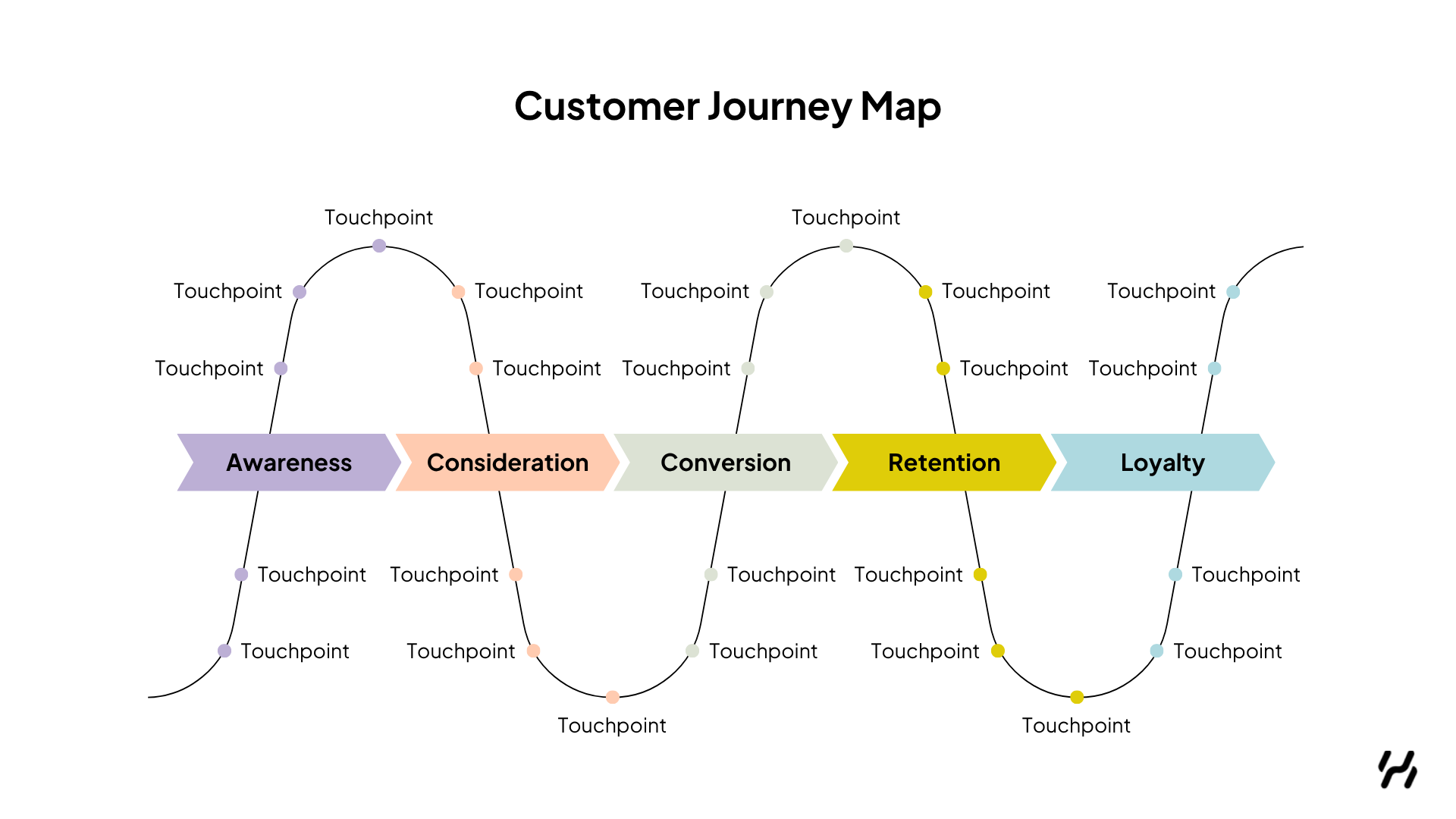Data-Driven Marketing: Are You Doing It Right?

There’s so much hype around AI in marketing, and the looming fear that it will replace marketers. But what often gets overlooked is the one thing that actually powers AI and helps you outperform competitors: your data.
Your customer data is what sets you apart. It’s the key to understanding your customers, and when used correctly, it helps you cut through the noise and drive real business impact. Yes, even boosting your bottom line. More importantly, leveraging your data effectively ensures you reach the right customers with the right message at the right stage of their journey.
The Cost of Getting It Wrong
We’ve all been on the receiving end of irrelevant ads. Whether it’s seeing a product we just bought or being targeted for health insurance meant for middle-aged men when you’re a young woman, these frustrating experiences stem from poor data usage.
As a brand, it’s in your control (and your best interest) to avoid this for three key reasons:
- Wasted budget: Showing ads to the wrong people burns through your marketing spend.
- Damaged trust: Irrelevant messaging can turn potential customers away rather than building brand loyalty.
- Missed opportunities: You’re failing to engage high-value customers who could drive real growth.
A Step-by-Step Process to Get Data Right
So, how do you use your data effectively to maximize value? Here’s a proven process to help you get it right:
1. Audit Your Customer Data Strategy
Start by asking yourself the hard questions:
- Do I have all the data I need to understand my customers?
- What matters to them? Which products or services do they value?
- How do they navigate my site? Is their journey seamless?
- Do they engage with my physical stores?
If the answer to any of these is “no” or “I don’t know,” it’s time to revisit, or create, your Measurement Plan. This ensures you’re collecting the right data with the right level of detail from your website. Think of it as your chance to optimize how you capture customer interactions.

2. Implement Data Collection
Once your Measurement Plan is set, focus on technical implementation. We recommend:
- Using Google Tag Manager for flexible tracking
- Sending data to Google Analytics 4 (GA4), which integrates well with most mainstream marketing platforms
Pro Tip: Ensure your data collection is durable and compliant by setting up Consent Management in your tag management tool.
3. Analyze & Strategize
With data flowing into GA4, start analyzing your data to identify patterns in customer behavior. Then, develop an integrated, data-driven strategy that leverages your new website data and any existing CRM or CDP data.
Your strategy should align with the marketing funnel, defining:
- Who you want to reach
- Why they matter
- How you want to engage them at each stage and what you want to say to them
4. Build & Sync Audiences
Using an Audience Framework, create targeted audiences in your analytics platform based on your insights and sync them to your marketing platforms. This ensures your campaigns can reach the right people with precision.
5. Monitor & Optimize
Finally, build a clear, actionable dashboard to track audience performance and campaign progress. This helps you spot issues early and continuously refine your approach with fresh data.
The Bottom Line
AI and automation are powerful, but they’re only as good as the data behind them. By taking control of your customer data: collecting it strategically, analyzing it intelligently, and activating it effectively, you’ll not only avoid wasted spend and frustrated customers, but you’ll also unlock smarter targeting, stronger engagement, and higher ROI.
The best part? You don’t need to figure it out alone. If refining your data strategy feels daunting, our team can help you implement a tailored approach, so you can focus on what matters most: growth.
Get in touch to start using your data the right way.
